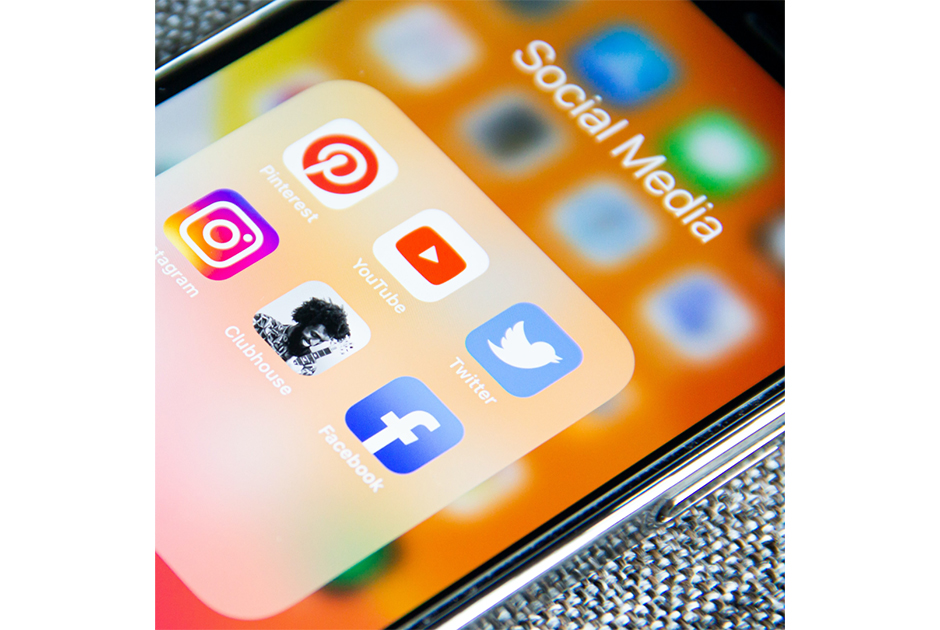One of the greatest challenges when using social media to market your decorated apparel business is capturing people’s attention. You have to be smart, keep up with the latest trends and strategies, and be intentional about what you post and how you do it.
As I discussed in last month’s column about hashtags, this is a great tool to help your business stand out. If you Google, you’ll find research that suggests using 11 or more hashtags in an Instagram post can increase engagement by up to 442%.
This month we’ll talk more about how to optimize your results from hashtags.
Just as Facebook has groups that bring people together who like and do the same things, a hashtag is used in the same way. Instagram does not have groups, but by using a hashtag, you can tap into a community in much the same way.
Says Mark Coudray, Coudray Growth Technologies, San Luis Obispo, Calif., “Hashtags serve many purposes, but at their heart they connect groups of like-minded individuals through trending posts or tweets based off one hashtag theme.” They allow users to become part of “the greater conversation” by broadcasting themselves out there while also providing information about topics that matter most to them and those involved in it (in this case, other followers).
For example, let’s say someone was looking for ideas for back-to-school T-shirt designs or even a provider. By using the hashtag #schoolTshirts, you will find more than 1,000 posts showing photos of academic-related T-shirts.
Hashtags are a powerful research tool for anyone looking for something specific. Keep this in mind when you are choosing your own. Research what hashtags that relate to your business are already out there, and consider starting some new ones. Finding the words that get the best engagement will be a trial-and-error process.
You should be using hashtags in all of your social media. Although Twitter was the first platform to adopt the use of hashtags, Instagram now has the most significant usage. How many hashtags you include will depend on the platform. It’s not recommended to use more than two or three hash tags on Twitter whereas Instagram allows as many as 30.
That doesn’t mean you should always use 30. There’s no strict guideline on how many. If you do your homework, you will come up with which words will grab the most attention and only include those you feel will be meaningful and have value. As you track what kind of response you get, this allows you to identify what works and what does not.
When doing research, if you type the word(s) into the Instagram search bar with a #, you can see how many posts that hashtag has or if it doesn’t exist. It will also show variations using similar words of what you typed in and how many post counts they have.
Part of your research means being on Instagram and noticing what hashtags others are using. You should be scrolling through your own feed at least once a day. It will be easy to see which hashtags are trending. But only jump on that trend if it makes sense for your business and for the specific content of your post.
A great way to track multiple hashtags on platforms like Instagram is to set up search streams using a social listening tool. Examples include Hootsuite, Buffer, Sprout Social, Khoros, Sprinklr, Crisp Thinking and others. These services allow you to have multiple streams showing at the same time on your monitor allowing you to see all the relevant content without having to conduct individual searches.
There also are apps, free and paid, that allow you to upload a photo, which then generates hashtag suggestions. These apps can help you discover hashtags that will attain the maximum amount of reach.
An app is especially great for a beginner who doesn’t know where to start. It also can help you decide if you want to copy a hashtag others are using or spend time researching your own.
All-hashtag.com is free and includes a hashtag generator, a hashtag creator, and an analytics tracker.
MetaHashtags will find relevant hashtags and provide insights to help you select the best one. In addition to revealing how many posts are created with a certain hashtag, it also shows the number of posts per hour, the average likes of the top posts, and average comments. It is free.
Display Purposes, free, blocks out spammy and generic hashtags and focuses on only the most relevant. It’s also simple to use.
Some paid apps include Keyhole, which is a hashtag tracker tool that helps helps you measure the success (or failure) of your niche hashtags. It also can be used as a hashtag maker.
Tagboard is pricy at $500 a month, but it has an interface similar to Pinterest. You can see every post uploaded on Instagram and other platforms using a specific hashtag at one glance. These can then be filtered by keyword.
It makes sense to check out the free apps first, see what you like and don’t like, and then once you understand how they work, if your needs are not being met, investigate the paid ones to see if they deliver more.
Anything worth doing is worth doing right, and you may find you get your investment back many times over by investing in a paid service that exponentially increases your exposure and responses.
Learn how to use hashtags to their greatest capabilities and find out how much you can increase your business through the use of social media as a marketing tool.
Deborah Sexton is the former editor of Impressions Magazine, where she worked from 1981 to 2001. She now owns her own company, Saracen Communications, doing digital media marketing, copywriting, and public relations for companies in the decorated apparel industry. You can reach her at [email protected].





